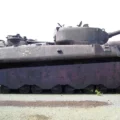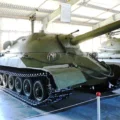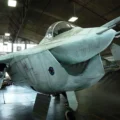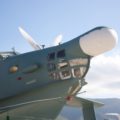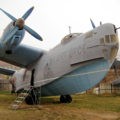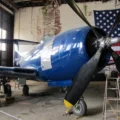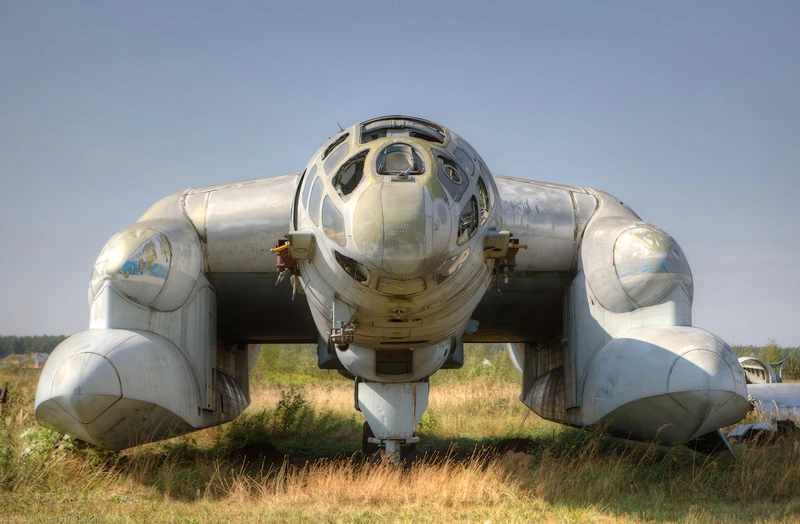
Bartini Beriev VVA-14 | |
|---|---|
| Country | Soviet Union |
| Type | Amphibious ASW aircraft |
| First flight | 4 September 1972 |
| Built | 2 |
The Bartini Beriev VVA-14 Vertikaľno-Vzletayushchaya Amfibiya (vertical take-off amphibious aircraft) was a wing-in-ground-effect aircraft developed in the Soviet Union during the early 1970s. Designed to be able to take off from the water and fly at high speed over long distances, it was to make true flights at high altitude, but also have the capability of flying efficiently just above the sea surface, using aerodynamic ground effect. The VVA-14 was designed by Italian-born designer Robert Bartini in answer to a perceived requirement to destroy United States Navy Polaris missile submarines. The final aircraft was retired in 1987.
Source: Bartini Beriev VVA-14 on Wiki
| Bartini Beriev VVA-14 Walk Around | |
|---|---|
| Photographer | Igor Kolokolov |
| Localisation | Unknow |
| Photos | 130 |
See also:
The Bartini Beriev VVA-14 was a unique aircraft developed by the Soviet Union in the early 1970s. It was designed by Robert Bartini, a Hungarian-born engineer who worked for the Beriev Design Bureau. The VVA-14 was intended to be an amphibious aircraft that could take off and land on water, fly at high speed over long distances, and use aerodynamic ground effect to fly efficiently just above the sea surface. The main purpose of the VVA-14 was to counter the threat of US Navy Polaris missile submarines, which could launch nuclear missiles from underwater.
The VVA-14 had a futuristic appearance, with a large central wing section that housed two turbofan engines and four smaller wings that could be tilted vertically for take-off and landing. The aircraft also had inflatable pontoons on the wingtips that could be deployed for water operations. The VVA-14 was planned to have a sophisticated anti-submarine warfare system, including a computerized Burevestnik system, a Bor-1 magnetic anomaly detector, and various sensors and weapons.
The development of the VVA-14 was divided into three phases: the VVA-14M1 was a basic aerodynamics and technology testbed; the VVA-14M2 was an advanced version with additional engines for vertical take-off and landing (VTOL) capability; and the VVA-14M3 was the final operational version with full armament and equipment. However, only two prototypes were built and tested: one VVA-14M1 and one modified as VVA-14M1P. The project faced many technical difficulties, especially with the inflatable pontoons and the VTOL engines, which were never delivered by their supplier. After Bartini’s death in 1974, the project lost momentum and eventually ended in 1987.
The only surviving VVA-14 is now displayed at the Central Air Force Museum in Moscow, where it remains in a dismantled state. The VVA-14 was one of the most ambitious and innovative aircraft projects of its time, but it never achieved its full potential or entered service.
Views : 3429




